A sealed off park near Hanger Lane that contains the historic and derelict Twyford Abbey could be opened up to the public under plans currently being consulted on.
There’s been a manor on the site for around 1,000 years, but in the early 19th-century, the site was purchased by Thomas Willan, a stagecoach proprietor who tasked the architect William Atkinson to re-model the house as a gothic-style mansion. Consistent with the spirit of the time, Willan gave his house a romantic pseudomonastic name, calling it Twyford Abbey, although it had never been a religious site in the past.
The site was sold for use as a care home in the early 20th-century, but was sold again in 1988 and has stood empty ever since, slowly falling into decay. It’s currently listed by Historic England as being in “immediate risk of further rapid deterioration or loss of fabric”
The manor house stands in a large plot of land a mix of woods and open grasslands that are sealed off and not open to the public. There had been plans to turn the site into a school in 2017, and although planning permission was granted, those have been cancelled.
The site has now been acquired by the housing association Clarion Housing Group, and they plan to restore the manor house and convert it into flats, while also building modern flats on some of the parks, and then open the rest of the park as a public space.
The proposed development area is about the same as the previously approved school, so about half of the park would be built on. In an ideal scenario, the loss of parkland would be a bad thing, but this is a sealed-off area of land that the public has no access to, so opening up half the park to the public would be seen to be better than having none of it open.
Under the plans, in addition to the new housing blocks around the estate, at the heart of the site, the old manor house, and its original walled garden will be restored.
In terms of public access, in addition to opening up the southern side of the estate to create a 1.2 acre park, the restored walled garden will be open to the public, with some degree of managed access during the daytime. The developer is also looking at if it could offer tours or an open house type day to visit the restored manor house.
In total 325 homes would be built, down on earlier plans for 365 after concerns about the height of the new blocks were raised in previous meetings. A third (35%) of the new housing would be qualified as Affordable, split roughly 60% London Affordable Rent (no more than 80% of local rental rates) and 40% Shared Ownership.
The developer aims to submit a planning application in May, with a decision in the summer.
The consultation website is here.

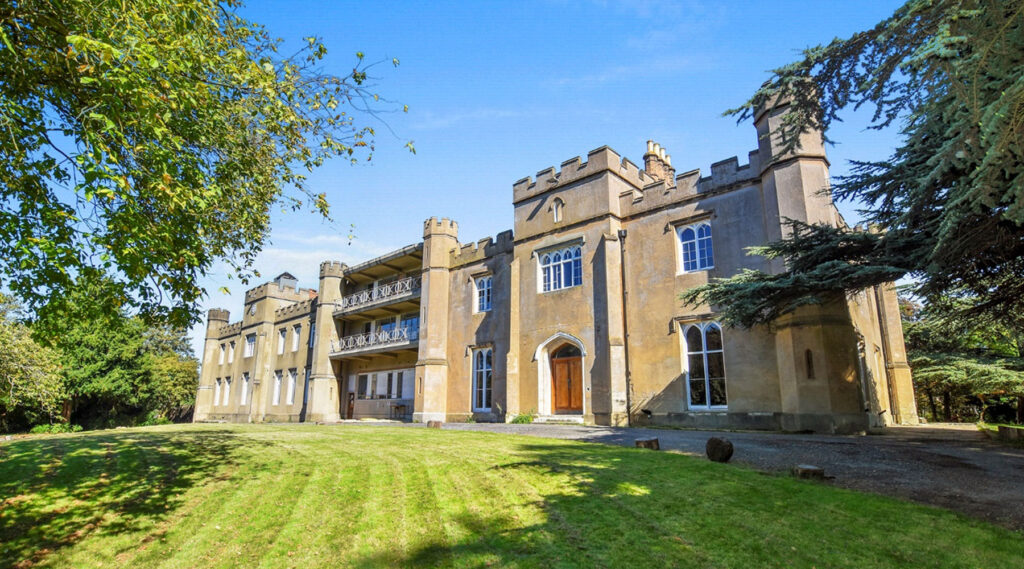
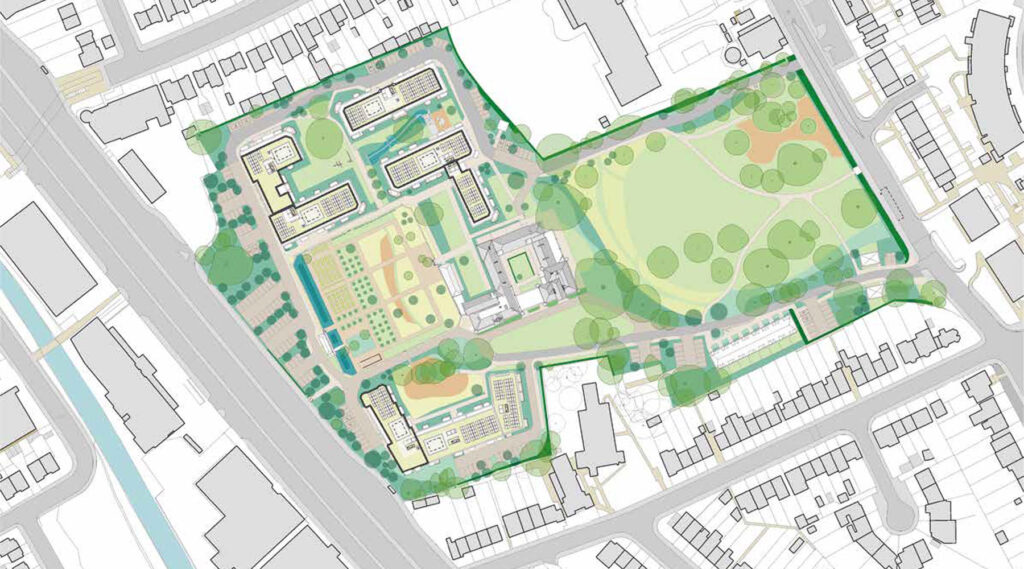
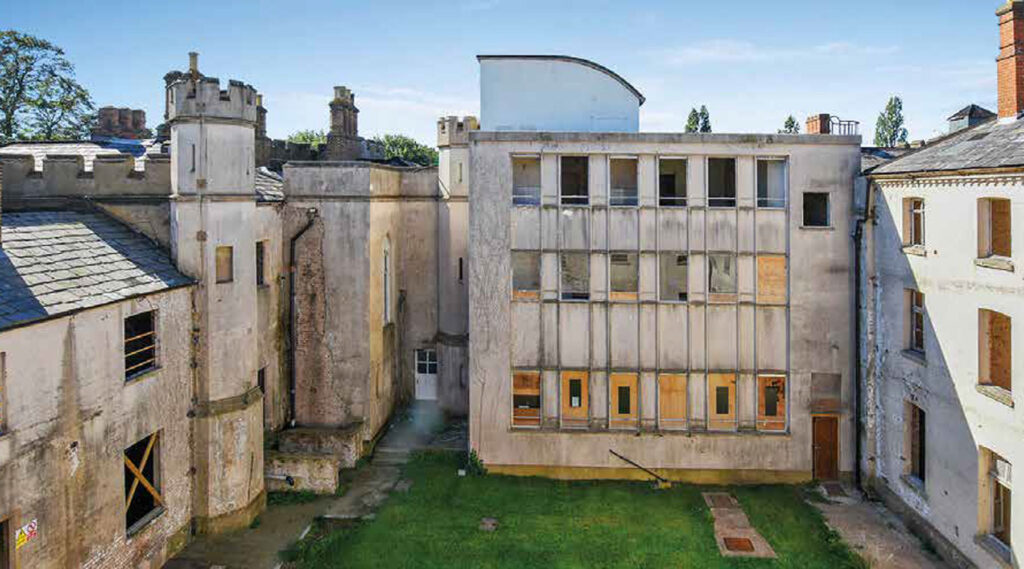
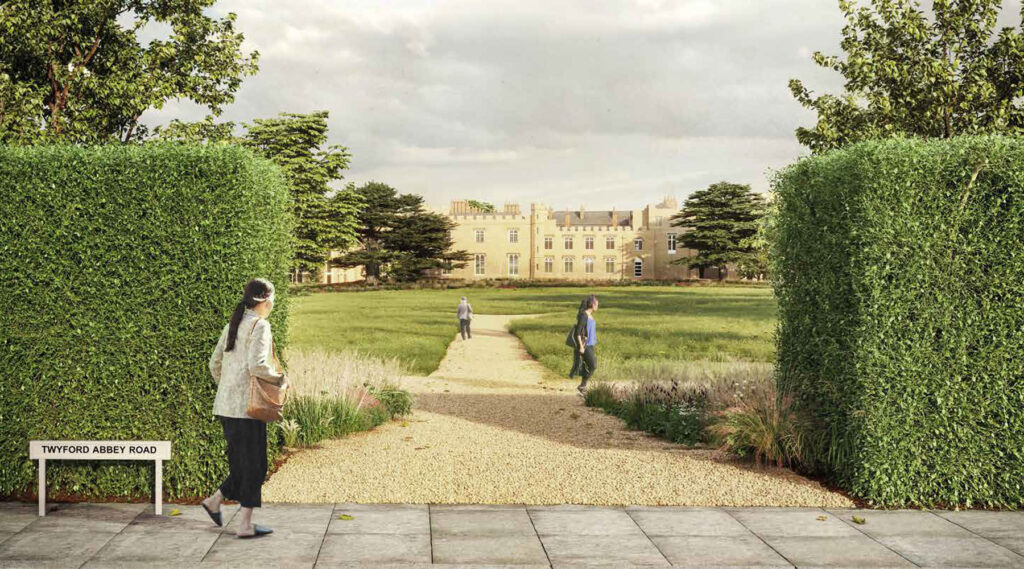



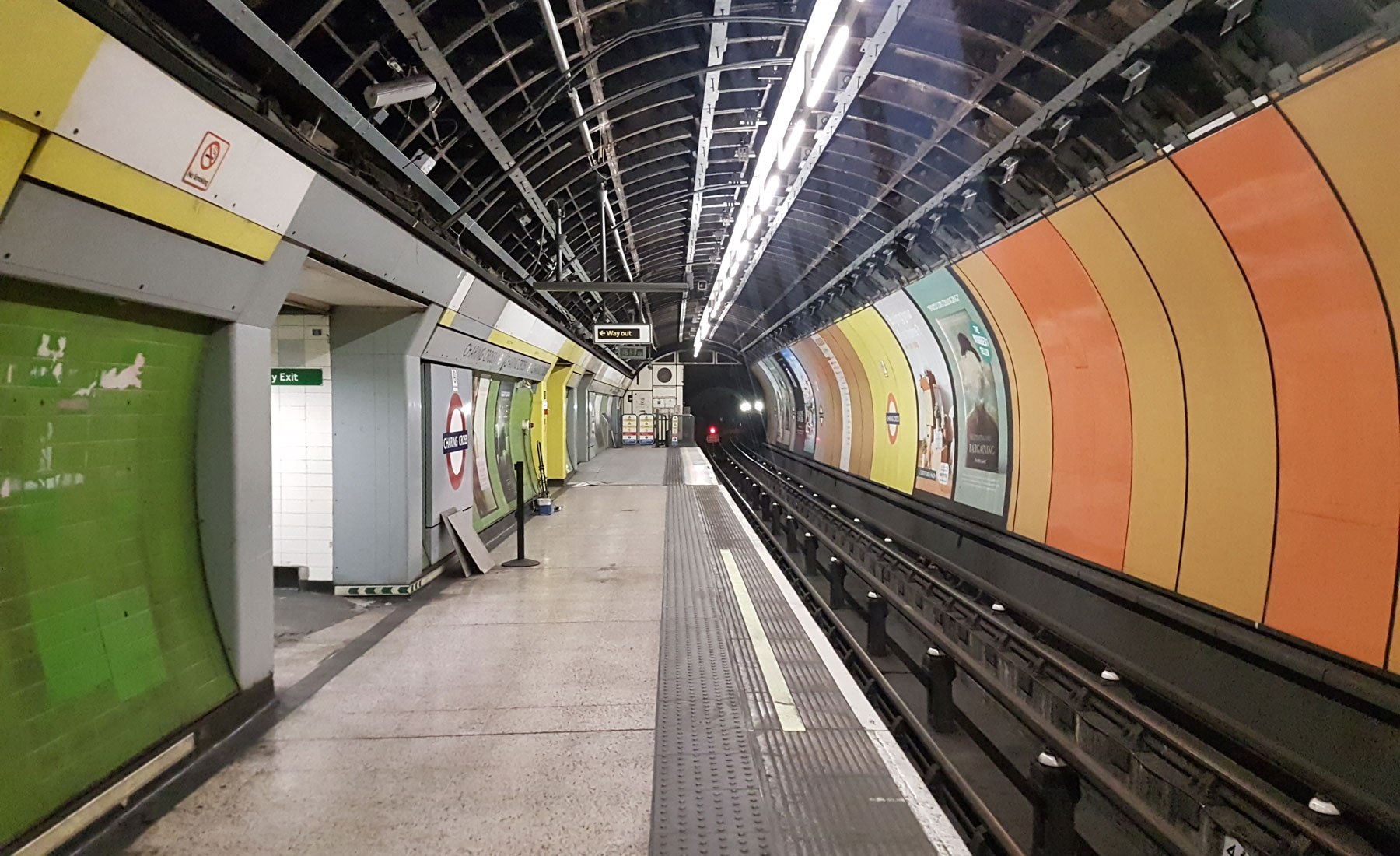


Ealing does of course have a real Abbey in Charlbury Grove, not far from Ealing Broadway station. It was founded as a monastery in the Benedictine tradition in 1897 and raised to the status of Abbey by Pope Pius XII in 1955. The earliest parts of the Abbey building date from 1899.
https://ealingmonks.org.uk/
What the article forgets to mention is that the site is a piece of ground mentioned in the Domesday Book of 1086. It is the last green space in West Twyford, Ealing which is (surrounded by food factories, recycling centres and the North Circular road). Only half the present Abbey dates back to the 1800’s. The site is MOL Open Land, the whole site is covered by a TPO and protects all trees and a large wooded area. The site is also listed as a Site of Important Nature Conservation (SINC).
The site has been described as the lungs of the area, in previous ”failed” planning applications and whilst some development might be required to pay for the Abbey restoration it does not require 330 apartments with 150 surface car parking spaces trampling over such a site in todays environmental agenda. The grounds are as important as the Abbey building and compliment each other. This is not a brown field site.
Yes the developers say the front lawn will be open to the public but it will be private / public open space controlled by the residents and we have seen what happens in reality with the closure of the Lakeside water park thoroughfare.
Maybe housing is the wrong solution to bringing the Abbey and grounds back into use and I would certainly question the choice of Clarion Developers with their current reputation, brought to light with a BBC programme dedicated to their poor housing.
Open space architecturally speaking enhances the environment and surrounding area (whether private or public). As the last green space, in West Twyford, the solution is not a such a spec development, by a housing contractor.
I agree and the article is a masterpiece of public relations which attempts to show Clarion as caring and community minded which it clearly is not.
Is this the same place called TWYFORD LODGE? I was born there in 1943
No – that’s the lodge (actually, a workhouse), which is not the same as the Abbey.
I believe that Twyford Abbey passed out of the hands of the Willan family in November 1890, when William Hutt Allhusen bought it (including 19 acres of grounds), possibly on a long-term leasehold.
I knew this place when run by the Alexian Brothers: Care Home for retired clerics.
Fr Josef Frantisek Rochla was resident pastor ( he escaped Czechoslovakia…. as did my family)
My old convent priest -Fr Whitehead was a resident in care who I often visited
It was a haven of glorious woodland